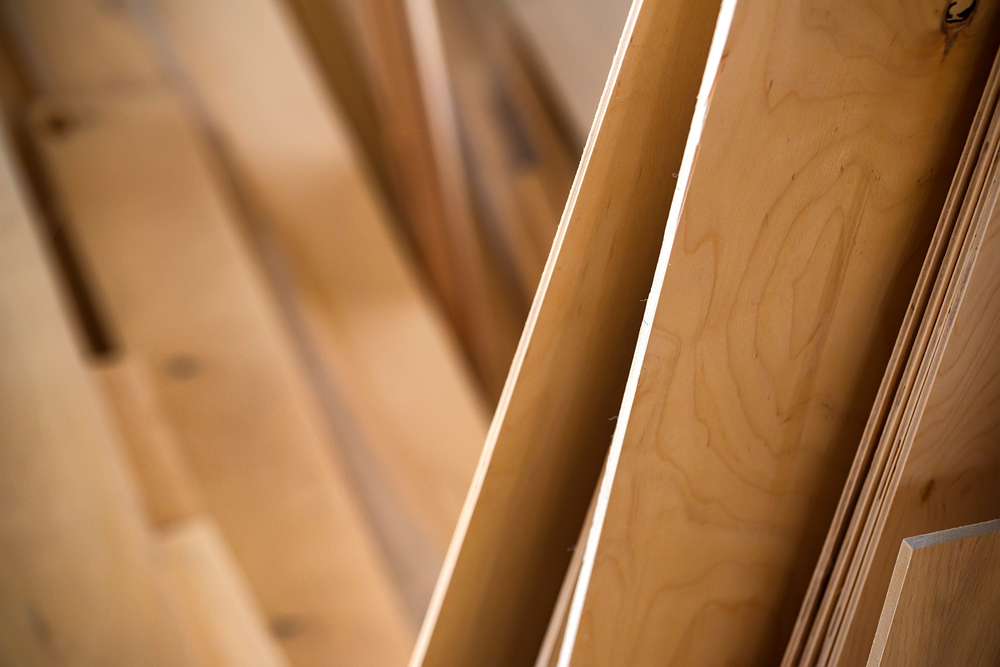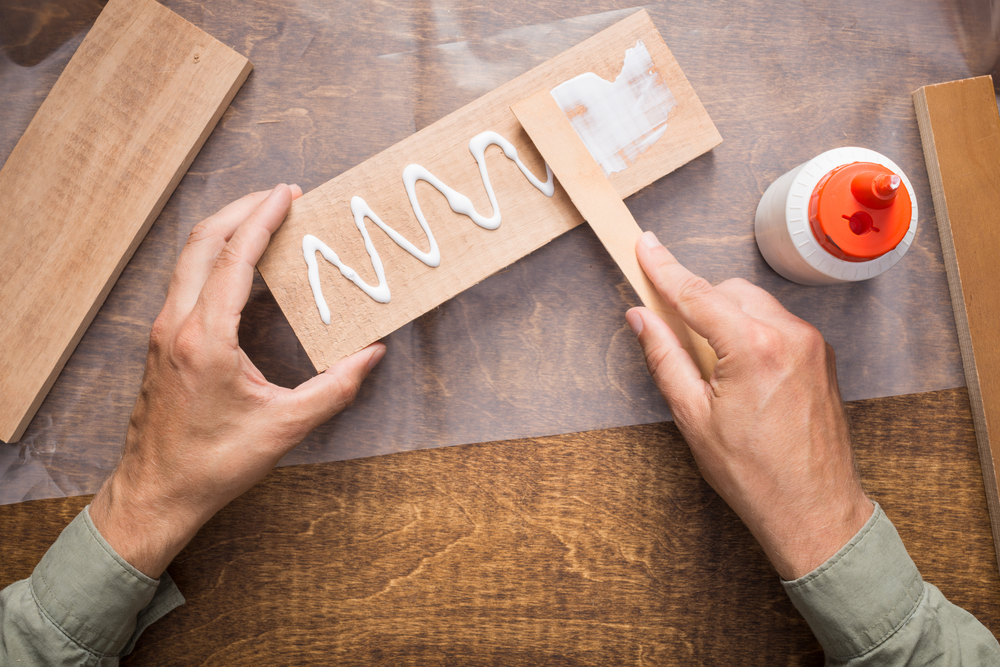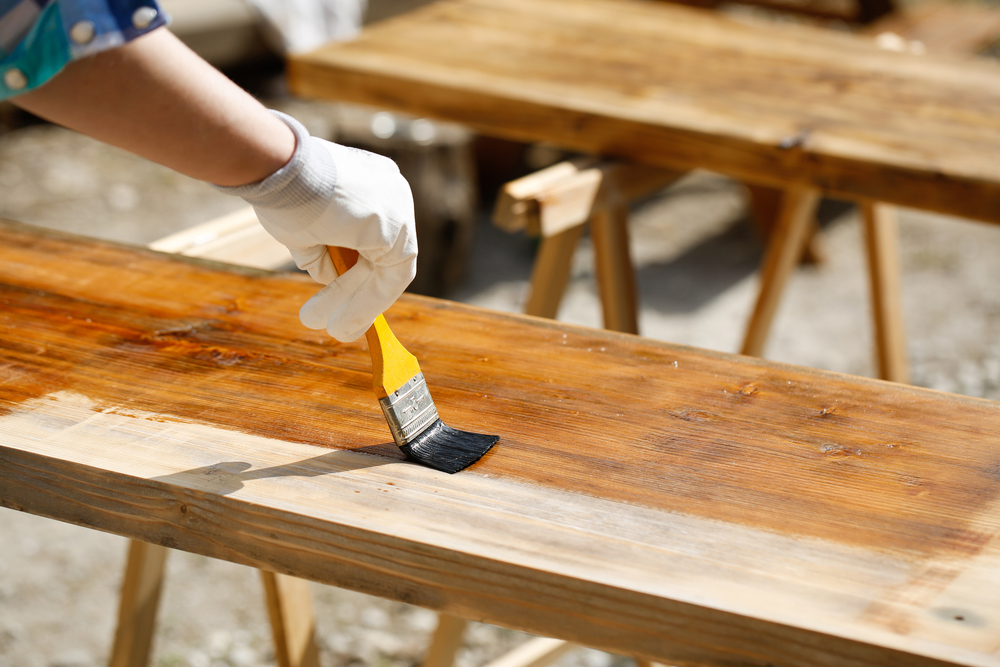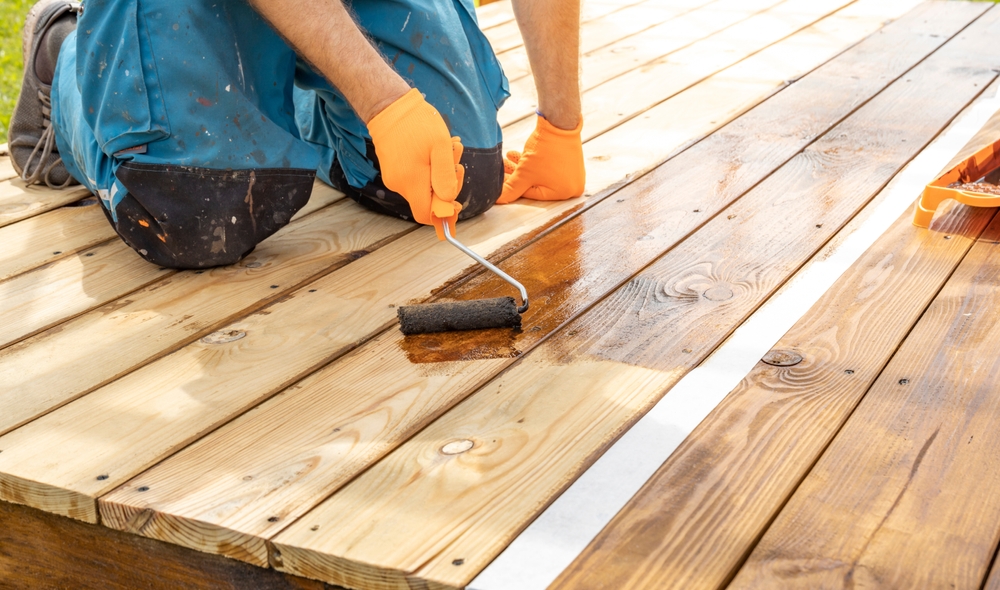Exploring Textured Paint Rollers
Textured paint rollers offer a unique alternative to traditional painting methods. These tools help create distinct wall finishes with minimal effort. From simple patterns to complex designs, textured rollers can transform an ordinary wall into something visually striking. They have become a popular choice among DIY enthusiasts and professional painters alike.
What Are Textured Paint Rollers?
A textured paint roller consists of a standard roller cover with a pattern or texture embedded into its surface. These rollers can be made from various materials like foam, rubber, or fabric. Depending on the design, they help apply paint in textured patterns that mimic the look of traditional plaster, stucco, or other surfaces.
Textured rollers are available in different sizes and texture types to suit various applications. Some can create subtle effects, while others produce more pronounced textures. This variety makes them versatile tools for indoor and outdoor projects.
Benefits of Using Textured Paint Rollers
- Ease of Use: Unlike some painting techniques, using a textured roller is straightforward. It doesn’t require extensive training or expertise.
- Time-Saving: Textured rollers cover larger areas quickly, making them ideal for completing projects faster than traditional methods.
- Cost-Effective: Creating textured surfaces usually involves intricate techniques or specialized tools. Textured rollers offer an affordable alternative while delivering impressive results.
Types of Textured Rollers
- Stippled Rollers: These create a dotted texture reminiscent of a plastered effect. They’re great for adding depth without being too bold.
- Patterned Rollers: These feature specific patterns and designs, like brick, wood grain, or floral motifs. Perfect for when you want a decorative finish without hiring an artist.
- Sponge Rollers: The soft, porous surface of sponge rollers creates a randomized pattern, ideal for adding a touch of uniqueness to any wall.
- Knitted Rollers: Typically made from thick, chunky fabrics. These rollers create a rough, stucco-like texture.
How to Choose the Right Roller for Your Project
The choice depends heavily on the desired finish. Consider the surface you are working on and the effect you want to achieve. For subtle textures, stippled or sponge rollers suffice. For more detailed designs, choose patterned rollers. Assessing the paint type used is essential as some rollers work better with certain paints.
Having a budget in mind also helps narrow down options. Lastly, the project scale can influence whether a smaller or larger roller is more appropriate.
Preparing the Surface
Preparation ensures the best possible result. Clean walls thoroughly to remove dirt and debris. Repair any cracks or holes, applying primer if necessary. A smooth, prepped surface allows the textured roller to perform effectively. It also minimizes the risk of imperfections or uneven texture.
The Painting Process
Use a paint tray to load the roller evenly with paint. Start from the top of the wall and work down. Maintain consistent pressure to ensure a uniform finish. Overlapping sections slightly prevents harsh lines or uneven distribution.
Work in sections to avoid paint drying prematurely. If necessary, lightly touch up areas after the first coat dries to achieve the desired look.
Be mindful of roller saturation. Excess paint can cause dripping, while too little results in an ineffective texture. Balancing this takes practice for the perfect textured finish.
Advanced Techniques with Textured Rollers
For those experienced in painting, experimenting with layering colors can add complexity to the texture. Use different roller types to apply multiple colors creatively.
Some users employ stencils alongside textured rollers to create custom designs. This technique lets you add a personal touch to the surface, enhancing visual interest.
Maintenance and Care
Proper maintenance extends the life of a textured roller. Clean the roller immediately after use to prevent paint from hardening. Rinse thoroughly with water and a mild detergent, especially if using water-based paints. For oil-based paints, a gentle solvent may be necessary.
Store rollers upright in a dry, cool place to prevent deformation. Consider replacing rollers over time as wear and tear can affect performance. A well-maintained roller ensures consistent texture and longevity.
Challenges When Using Textured Rollers
Achieving a consistent texture can be challenging, as pressure varies naturally across a wall. Practice helps in maintaining uniformity.
Corners and edges present additional difficulty. Consider using complementary tools for these areas to harmonize with the roller-applied sections.
Matching textures from different days is tricky, given subtle variances in technique or paint application. Completing entire sections in one session often produces the most cohesive results.
Textured Rollers in Interior Design
Interior designers frequently utilize textured rollers to bring dynamic surfaces into spaces. Living rooms, bedrooms, and office spaces benefit from the added depth and character of textured walls. Subtle textures add warmth without overwhelming a design scheme.
Larger patterns can define accent walls or focal areas. In modern interiors, textured finishes often contrast with minimalist elements for striking effect. Such applications demonstrate the broad stylistic potential of textured rollers.
Conclusion
Embracing the textured roller offers both a practical and creative expansion of conventional painting. It’s not just about covering surfaces, but transforming them into features of artistic expression. The diverse textures and designs available make customization accessible to anyone willing to experiment. As with any technique, practice and experimentation unlock profound possibilities.






